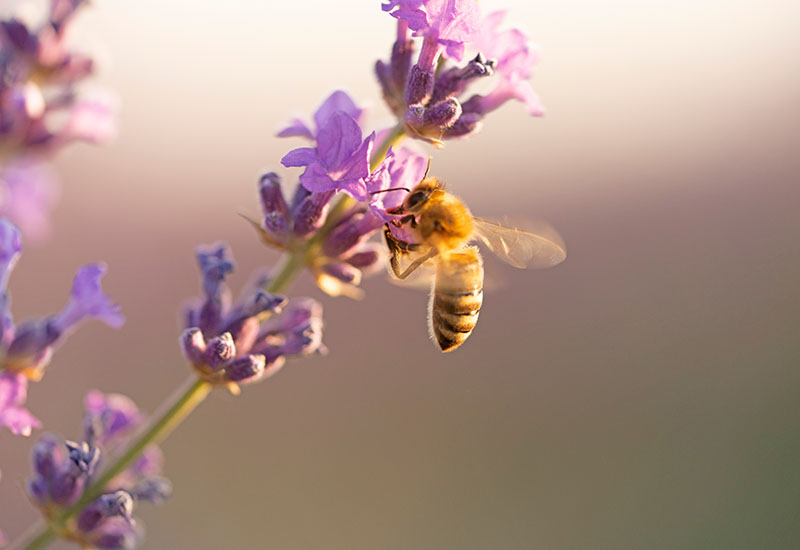Birds do it, bees do it, even butterflies and bats do it ….No, not that! I’m talking about pollination. But why is it so important for the natural environment and the food we eat?
While some plants reproduce by self-pollination and even hand-pollination, experts agree that roughly 80% of flowering species require cross-pollination in order to reproduce (this includes cross-pollination by wind). So, what’s the difference between self-pollination, hand-pollination and cross-pollination?
Self-pollinators are plants that can reproduce on their own, often, the male and female parts are contained within the same flower – such is the case with the hibiscus flower. The male reproductive part of the flower is called the stamen. The ovary and other female parts of the flower lie in the main structure of the hibiscus, called the pistil. Will you ever be able to look at a hibiscus flower the same way again?
Hand-pollination (giving Mother Nature a helping hand) is done by gently touching the pollen with your finger or a brush and transferring it to the female blossom. According to experts in this field, this process does not need to be time-consuming or difficult to achieve satisfactory fertilisation results.
Cross-pollinators are plants that require pollen from another plant in order to bear fruit, vegetables, nuts and seeds. This occurs when insects and other pollinators travel from one plant to another, spreading pollen from various plants. For example, bees have tiny hairs covering their body that attract pollen. When the pollen from one flower sticks to a bee, it travels with the bee to the next flower, and cross-pollination occurs, leading to fertilisation. Without this process, the earth’s ecosystem could not survive and a wide variety of foods that we enjoy would not exist.
So, what can you do to ensure a thriving population of pollinators?
Create a habitat – big or small – from flowering gardens to a window box. Choose native plant species that attract bees, butterflies, birds, bats and other natural pollinators.
Don’t cut the weeds. They can be a lifesaver for pollinators (especially the yellow dandelions).
Reduce or eliminate the use of pesticides that are harmful to the environment.
Support local farmers who are committed to sustainable agriculture.
Phone a friend and spread the word about National Pollinator Week taking place 17-23 June, and share why each and every one of us should show a little love to those hard-working pollinators.

Sherry Fader is a certified Nutrition Educator NE, Bauman College, Penngrove, California. She received her Bachelor’s degree from UC Los Angeles, California. Her passion for studying nutrition and health came about after her mother was diagnosed with colon cancer (a completely preventable disease). She currently lives with her husband and dog Zoe in Portugal.
Did you know
Portugal joined the international co-operative Promote Pollinators in 2020. The initiative recognises pollination as a vital regulation ecosystem service for nature, agriculture and human well-being. All members sign a declaration. In addition, members are required to develop their own national strategy for the protection of pollinators.













